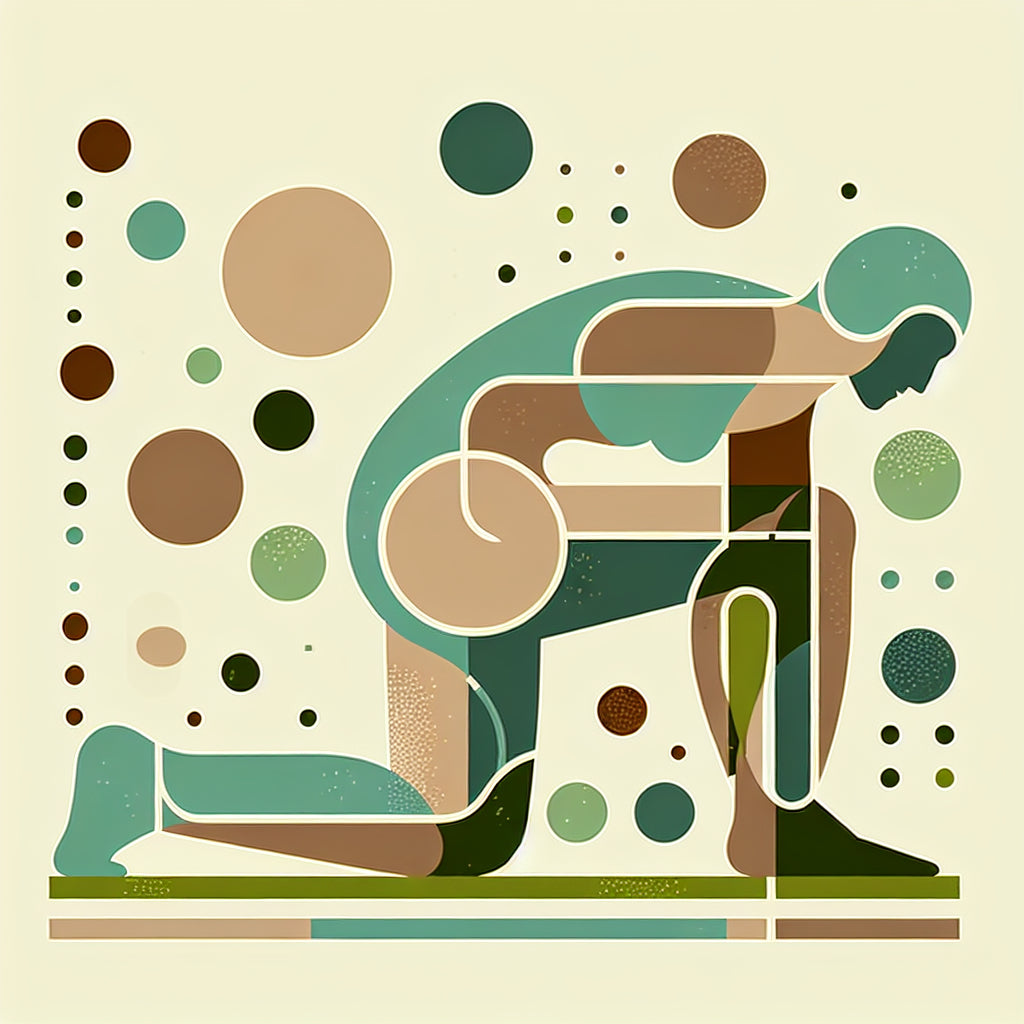
Exploring the impact of exercise on autophagy
Share
Understanding autophagy and its functions
Autophagy, a term derived from the Greek words for 'self-eating,' is a crucial cellular process where cells degrade and recycle components like damaged organelles and misfolded proteins. This mechanism is vital for cellular health and function, acting as a cellular quality control system. While the name might imply a destructive process, autophagy predominantly serves a protective role, helping to maintain cellular integrity and function.
Exercise and its effects on autophagy
Recent studies have highlighted the role of physical activity in modulating autophagy, which varies with the type and intensity of exercise. Resistance training, for instance, has been shown to enhance autophagy in human muscles, particularly after long-term engagement. This adaptation is thought to contribute to the health benefits associated with regular exercise, including improved muscle function and longevity.
Research findings on exercise-induced autophagy
A systematic review analyzing the autophagic response to different exercise modalities revealed nuanced results. For example, acute resistance exercises seemed to reduce autophagy markers initially, whereas prolonged resistance training increased these markers, suggesting a complex relationship between exercise duration, intensity, and autophagic activity. These findings underscore the potential of tailored exercise programs to optimize autophagic responses for health and longevity.
Tissue-specific responses to exercise
The response of autophagy to physical activity is not uniform across different tissues. While certain exercises might lead to reduced autophagy markers in skeletal muscles, they could simultaneously induce autophagy in other cell types, such as peripheral blood mononuclear cells. This differential response highlights the sophisticated regulatory mechanisms of autophagy that can be influenced by physical activity, potentially contributing to systemic health benefits.
Implications for health and longevity
Understanding and harnessing the autophagic response to exercise could play a crucial role in developing interventions aimed at promoting healthspan and lifespan. As research continues to unravel the complex interactions between exercise and autophagy, it becomes increasingly clear that personalized exercise regimens could be a key strategy in enhancing long-term health and preventing age-related decline.
Conclusion
The exploration of exercise as a regulator of autophagy offers promising avenues for enhancing health and extending lifespan. With ongoing research, the potential to tailor exercise programs to individual needs and conditions represents a significant step forward in the fields of health and longevity. As we learn more, the integration of exercise into daily life as a deliberate strategy to activate beneficial cellular processes could become a cornerstone of modern preventive medicine.